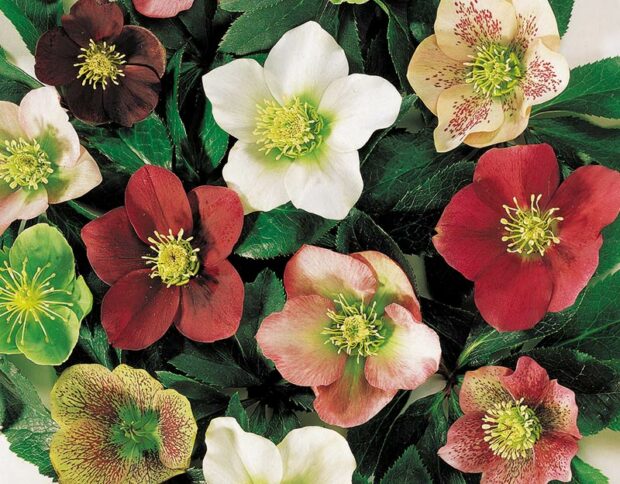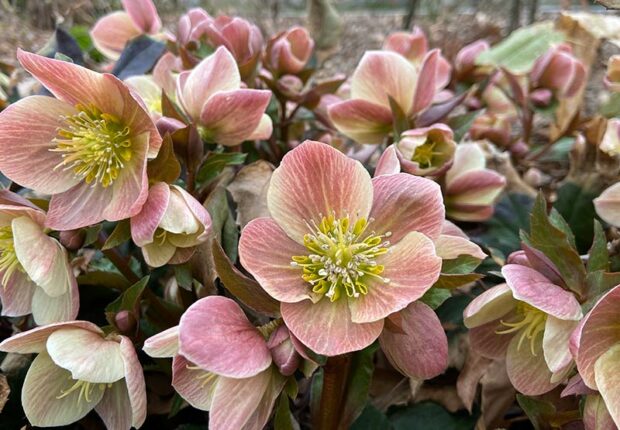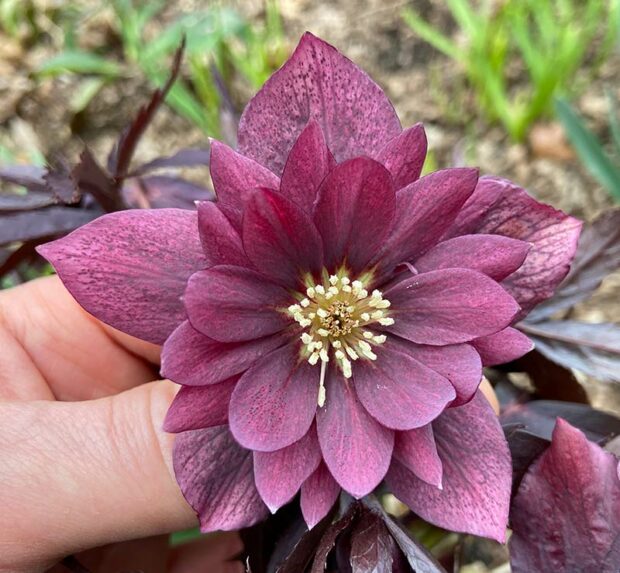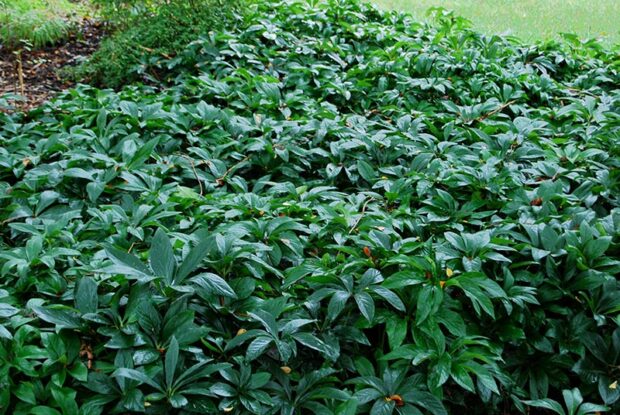If you want to enjoy summer-flowering bulbs in your garden, you may be disappointed if you wait until all danger of frost has passed before planting these beauties. Flowers may come late in the fall and be missed. Consider an early start (roughly mid March to mid April) for larger cannas, large-flowering dahlias, elephant ears, and anything else you want to have in flower earlier than late summer.
Materials needed to get bulbs started: 6- or 8-inch pots, lightweight planting soil, bulbs, and plant labels. Read the planting directions on each bulb package. If you saved bulbs from last year’s garden, plant them in the pots so that they are just completely covered, roots down. Don’t plant them too deep. It’s better to err on the side of too shallow.
Once the bulbs are planted, thoroughly water them. This will help signal to the dormant bulb that it is time to spring to life. At this stage, the pots don’t need any light. They need warmth and water. So leave them in the basement or out of the way.
When new growth begins emerging, watch carefully. Treat them like houseplants when it comes to watering, allowing them to dry out a little between waterings. Every couple weeks, apply a water-soluble fertilizer. When the first leaves are beginning to separate from the shoot, move the plants to a bright, but indirectly lit window. It should take about two weeks from potting time until the plants are moved to the window.
These plants shouldn’t be planted into the garden until all danger of frost has passed. But they can still get some quality time outdoors. The bulbs can visit outside if the temperatures don’t drop below 50. Never expose them to frost! Overnight exposure is out of the question, unless it is in the garage, and the temperature will not drop below 45. It’s best to wait until early May for any overnight trips.
Continue to fertilize and expose plants to the outdoors. When the weather allows, usually mid to late May, transplant them into the garden. Stake the plants if necessary, being careful not to damage the bulb. Remember, do not allow the plants to be exposed to frost, or all of your hard work will be undone. If frost is predicted, cover the plants with rose cones or frost guard fabric.
Follow these steps and you will enjoy beautiful summer flowers!
Provided by the professionals at English Gardens.
RELATED: Proper planning ensures reliable spring bulbs
ELSEWHERE: Storing tender, summer-flowering bulbs, corms, rhizomes and tubers for winter




